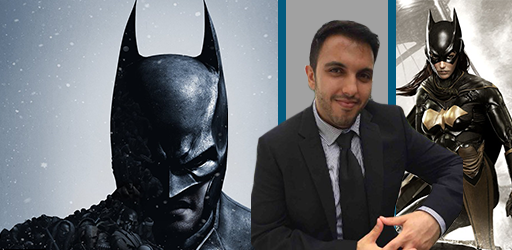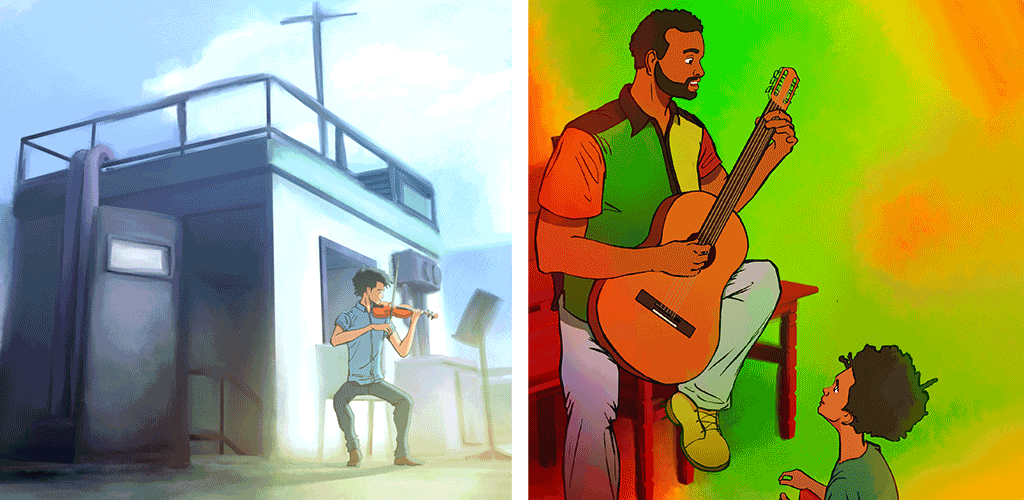
Spotlight on our alumni - Simon Habib
Published by LCI Éducation, January 12th, 2017
A 3D Animation graduate from Inter-Dec College, Simon Habib has been the head technical animator at WB Games Montréal since 2011.
Ariel Solórzano Astorga
Degree in Digital Animation - Universidad Veritas

Tell us about the inspirations for this project.
The main inspirations for the creation of the videogame were my two grandfathers: Roger and Angel, who were both deaf. Grandpa Angel started losing his hearing early, and I was very little when he lost it almost completely, and Grandpa Roger was born deaf, so I grew up learning to communicate in sign language with him. I became sensitized to deafness and they taught me that a disability can't stop a person with a lot of determination and a little bit of stubbornness. I combined that story with my artistic interest, to create an experience that helps the player identify with the main protagonist, not only through visuals but also through immersive sound design.
What was the work process like, from the moment the idea came up until you developed the project?
My team and I used a very organized framework to create the game. It started with the idea that I had pitched to them, a lot of research, and the creation of the base structure for the story. After a second pitch and more research, we tackled the creative process together. Firstly, by using narrative design tools to create documents for everything: characters, props, environments, levels, color, sound, so on and so forth. Later, with a strong foundation, we started creating visuals, sound design documents, and art.
From there, for the production process, we adopted the agile mindset and SCRUM as our production framework, especially to work with the programmers. That was instrumental, as the programmers are used to work differently than us the artists. Also, the need to find a game design path, that took the sound as a driver for the experience, put us in a place where we had to experiment and adapt very fast to upcoming changes and iterate if needed, our framework helped us achieve our goal.
Is there anything you would do differently in the future?
It was a project where I learned a lot through mistakes and problem-solving. I would not want to forget or avoid the mistakes that were made, because those errors made us explore new ways of working. But one thing could have been improved: the initial scope of the project. As students, we are sometimes too optimistic and we want to take on big challenges, sometimes with unrealistic goals. Looking back, maybe I should have been more reserved when setting the initial scope of the project.
How did the school and teachers help you in achieving your goal with this project?
Our tutor Manuel Lopez (@manumercurial) took a role that was more like a mentor. He taught us not only art and design skills but good practices and values. His advice made our process a lot smoother and will stay with us well beyond graduation. Also, the career director Carlos Smith was there to give us a well-needed push forward and sometimes to draw us back when the scope got too big. He was there to take us under his wing when the project was born and set us free to fly when we were ready. There were many other teachers that we consulted for different topics. One of them, Stefano Zolla, was our resource for sound design. His selflessness and guidance helped us understand not only sound but how you can become a better human being through teaching and artmaking.
What are your hopes for the future of this project?
Hopefully, one day, The Last Sonata full game will be available on Android and IOS. *Fingers crossed*